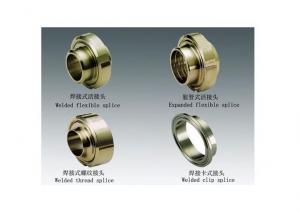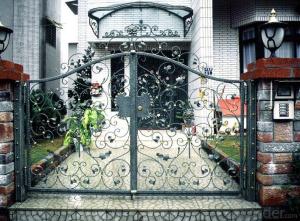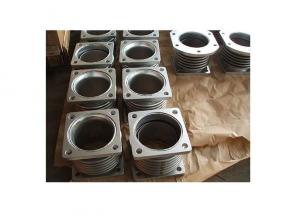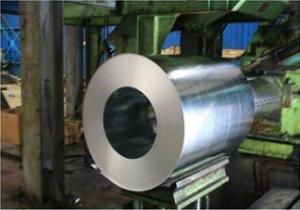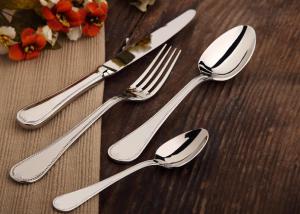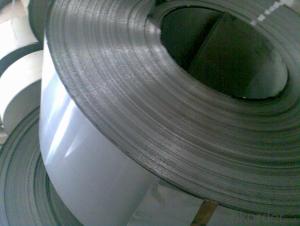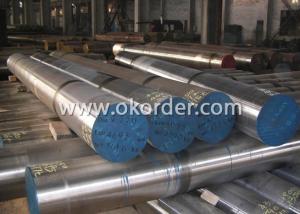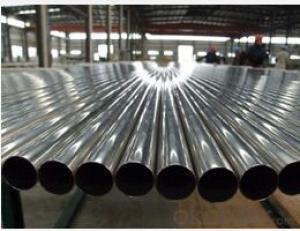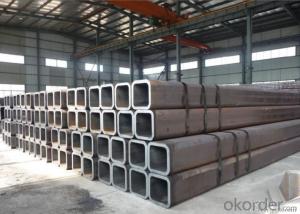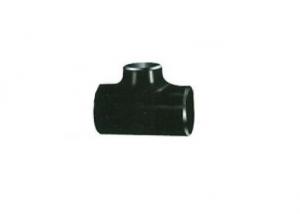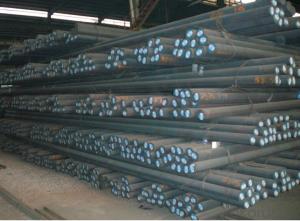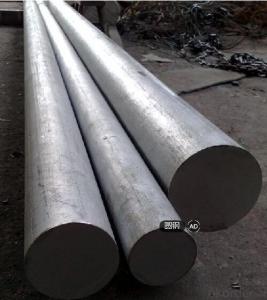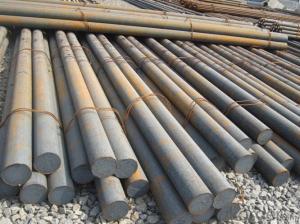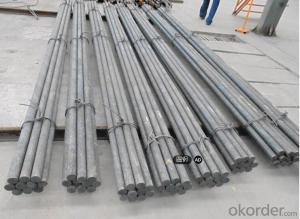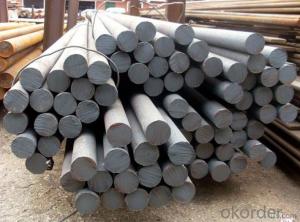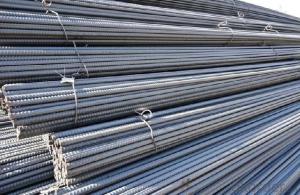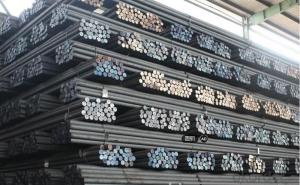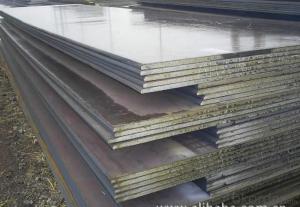Stainless Steel Alloys
Stainless Steel Alloys Related Searches
Stainless Steel Metals Stainless Steel Aluminum Stainless Steel Thermos Stainless Steel Hardware Stainless Steel Doors Stainless Steel Apliances Stainless Steel Materials Stainless Steel Elements Stainless Steel Hooks Stainless Steel Tiles Stainless Steel Cloths Stainless Steel Wholesale Stainless Steel Jewelery Stainless Steel Molding Stainless Steel Enclosures Stainless Steel Jewellery Stainless Steel Adhesive Stainless Steel Glue Stainless Steel Jewelries Alloy 20 Stainless Steel Stainless Steel Wires Stainless Steel Iron Stainless Steel Conveyors Stainless Steel Rods Stainless Steel Stainless Stainless Steel Tubes Stainless Steel Coating Stainless Steel Kitchens Stainless Steel Tools Stainless Steel ElectrodesStainless Steel Alloys Supplier & Manufacturer from China
Stainless Steel Alloys are a group of iron-based materials that contain a minimum of 10.5% chromium, which provides excellent corrosion resistance and durability. These alloys come in various grades and compositions, each designed to meet specific industry requirements and offer unique properties such as high strength, heat resistance, and formability.Stainless Steel Alloys are widely used in numerous industries due to their versatility and robustness. They are commonly found in applications such as construction, automotive, aerospace, food processing, and medical equipment, where their resistance to corrosion, high strength, and ability to withstand extreme temperatures are highly valued. These alloys are also preferred for their aesthetic appeal, as they maintain a sleek and polished appearance even in harsh environments.
Okorder.com is a leading wholesale supplier of Stainless Steel Alloys, boasting a vast inventory that caters to the diverse needs of various industries. With a commitment to quality and customer satisfaction, Okorder.com ensures that the Stainless Steel Alloys they provide meet the highest standards and are available at competitive prices.
Hot Products











